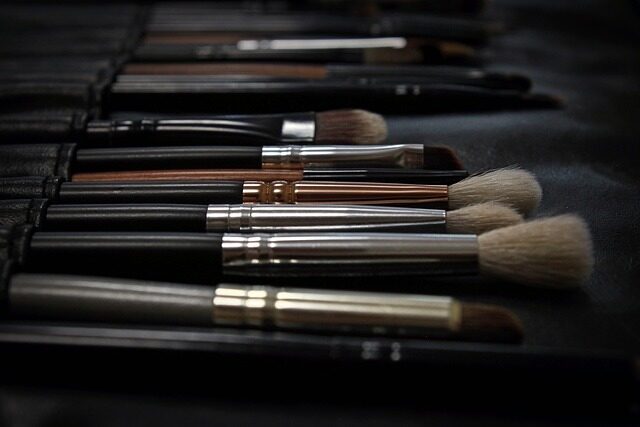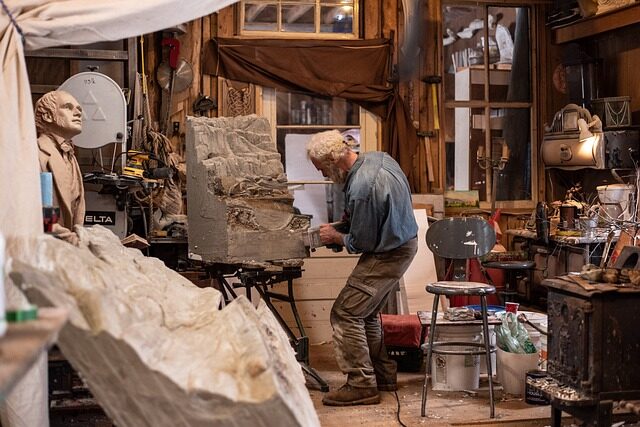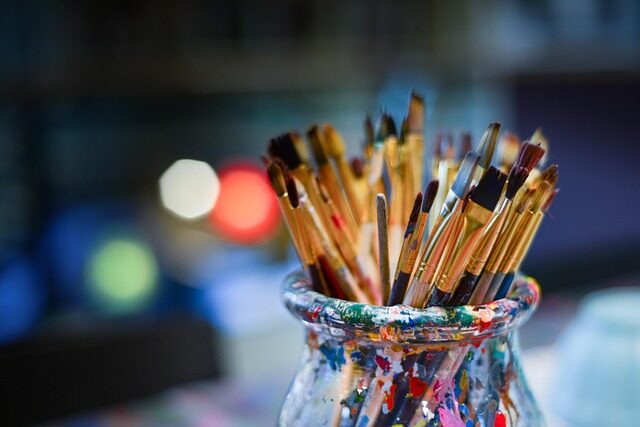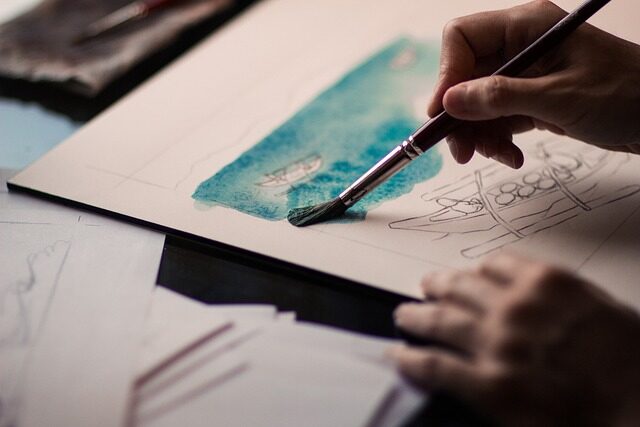Helene Schjerfbeck: A Comprehensive Biography
In the realms of Finnish art history, few figures are as eminent as Helene Schjerfbeck. This Finnish modernist painter, born in 1862, left an indelible mark on the world of art with her unique portrayals and poignant self-portraits. Her story is one of resilience, passion, and evolution, a journey through which she created a legacy that resonates to this day.
From the early influence of French realism to her later abstract pieces, Schjerfbeck’s oeuvre offers a window into her soul and the era she lived in. Her life story is not just a tale of artistic achievement but also of overcoming personal and societal challenges that restricted many female artists of her time.
- What Is The Life Story Of Helene Schjerfbeck?
- What Are The Key Works Of Helene Schjerfbeck?
- How Did Helene Schjerfbeck’s Style Evolve Over Time?
- What Challenges Did Helene Schjerfbeck Face In Her Career?
- How Is Helene Schjerfbeck Celebrated Today?
- What Influence Did Helene Schjerfbeck Have On Modern Art?
- What Is The Life Story Of Helene Schjerfbeck?
- What Are The Key Works Of Helene Schjerfbeck?
- How Did Helene Schjerfbeck’s Style Evolve Over Time?
- What Challenges Did Helene Schjerfbeck Face In Her Career?
- How Is Helene Schjerfbeck Celebrated Today?
- What Influence Did Helene Schjerfbeck Have On Modern Art?
What Is The Life Story Of Helene Schjerfbeck?
Helene Schjerfbeck’s life was a tapestry woven with the threads of determination and creativity. Born in Helsinki, Finland, she demonstrated exceptional talent from a young age. Despite suffering a hip injury that limited her mobility and educational opportunities, Schjerfbeck pursued her passion for art with unyielding fervor.
Her early years were marked by study in Finland, followed by further education in Paris, where she absorbed the nuances of French Impressionism. The influence of this artistic movement can be seen in her early realist works. However, it was her personal experiences, including the care of her ailing mother, that deeply impacted her subject matter and style.
Throughout her lifetime, Schjerfbeck lived through wars and societal changes, all of which influenced her perspective and, consequently, her art. She spent her later years in relative isolation, focusing on her paintings and capturing her aging process in a series of hauntingly beautiful self-portraits.

Despite her growing reclusiveness, Schjerfbeck continued to paint until her death in 1946, leaving behind a powerful body of work that continues to be studied and admired.
What Are The Key Works Of Helene Schjerfbeck?
Helene Schjerfbeck’s art comprises a vast array of paintings that span various genres, including self-portraits, landscapes, and still lifes. Among her most celebrated works is «The Convalescent,» a painting that captures the essence of her artistic prowess and sensitivity.
Other notable works that encapsulate her evolution and versatility include:
- «The Red-Haired Girl I,» which reflects her realist beginnings.
- «Self-Portrait with Red Spot,» a poignant piece from her series of self-portraits.
- «The Bakery,» showcasing her ability to imbue everyday scenes with a sense of depth and emotion.
Her paintings are characterized by a muted palette and a focus on the interplay of light and shadow, a testament to her technical skill and emotional expressiveness.
How Did Helene Schjerfbeck’s Style Evolve Over Time?
The artistic journey of Helene Schjerfbeck is a story of evolution and introspection. Beginning with a foundation in realism, her style gradually moved towards a more abstract and minimalist aesthetic.

During her Parisian education, she was exposed to the latest art movements, which influenced her early work. However, as she matured, her style became more distinctive, characterized by simpler forms and a limited color palette.
This evolution is most apparent in her series of self-portraits, which document her aging process with an increasing focus on essential lines and shapes, stripping away all but the most necessary elements to convey her inner experience.
What Challenges Did Helene Schjerfbeck Face In Her Career?
Throughout her career, Helene Schjerfbeck faced numerous challenges that tested her resolve as an artist. Being a woman in a male-dominated field, she had to navigate the biases and limitations imposed on her gender. Her physical impairments also posed obstacles to her education and ability to travel.
Despite these adversities, Schjerfbeck’s dedication to her craft never wavered. She managed to carve out a space for herself in the art world, though recognition outside her home country remained limited during her lifetime.
Her personal life, marked by responsibility and isolation, also played a role in shaping her artistic output, which often reflected themes of solitude and introspection.

How Is Helene Schjerfbeck Celebrated Today?
In contemporary times, Helene Schjerfbeck’s legacy is celebrated as an integral part of Finnish cultural heritage. Her influence extends far beyond the borders of her native Finland, with exhibitions showcasing her work across the globe.
Finland itself honors her contributions to the art world with a national day dedicated to the painted arts. This speaks volumes about her impact and the pride her country holds for her achievements.
Moreover, her paintings are now esteemed by art collectors and enthusiasts, with «The Convalescent» and her self-portraits being particularly revered.
What Influence Did Helene Schjerfbeck Have On Modern Art?
The influence of Helene Schjerfbeck on modern art can be seen in her innovative approaches to form and subject matter. Her transition from realism to a more abstract representation heralded shifts that many modern artists would explore in the subsequent years.
Her work challenges and expands the viewer’s understanding of self-portraiture and the representation of the human condition. Her impact is also recognized in the continued discussions and studies on her approach to painting, solidifying her place as a pioneer among female artists and Finnish modernist painters.

To further explore Helene Schjerfbeck’s life and art, one can delve into the numerous books available on Helene Schjerfbeck or even seek out the movie dedicated to her life’s story, providing a cinematic glimpse into her world.
Additionally, for a visual representation of Helene Schjerfbeck’s impact, here is a video highlighting some of her significant works and contributions to the art world:
In the end, the Helene Schjerfbeck biography is not just a chronicle of an artist’s life but also a narrative that continues to inspire and influence. Her work, once confined to the borders of Finland, now reaches across the world, inviting art lovers and critics alike to reassess the contributions of this remarkable woman to the tapestry of modern art.


